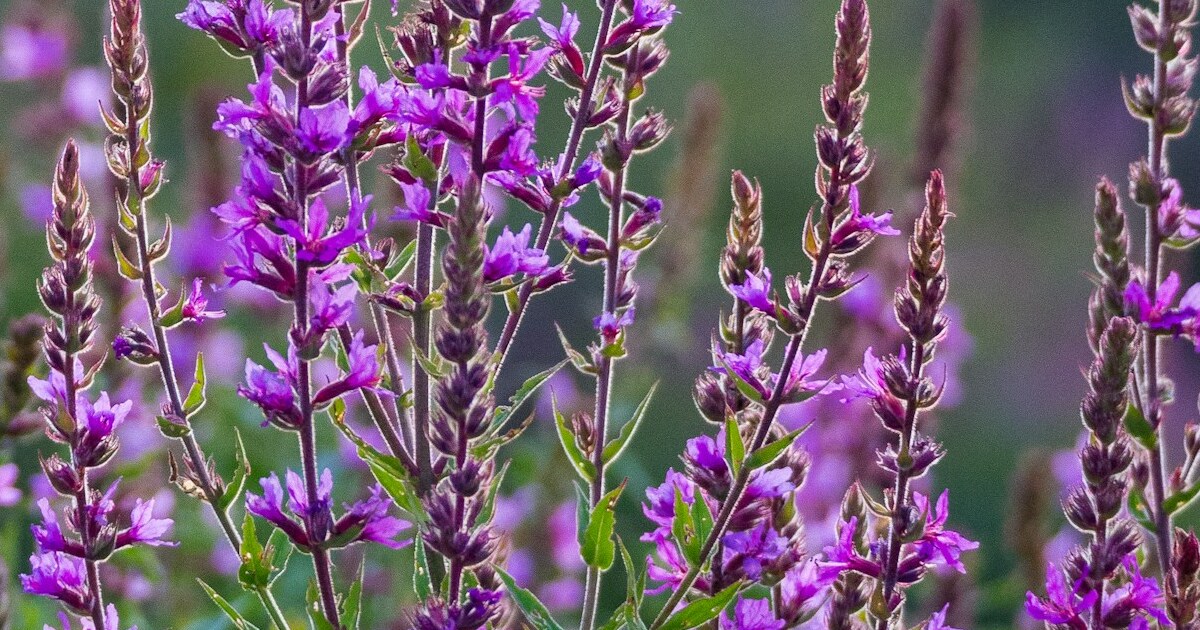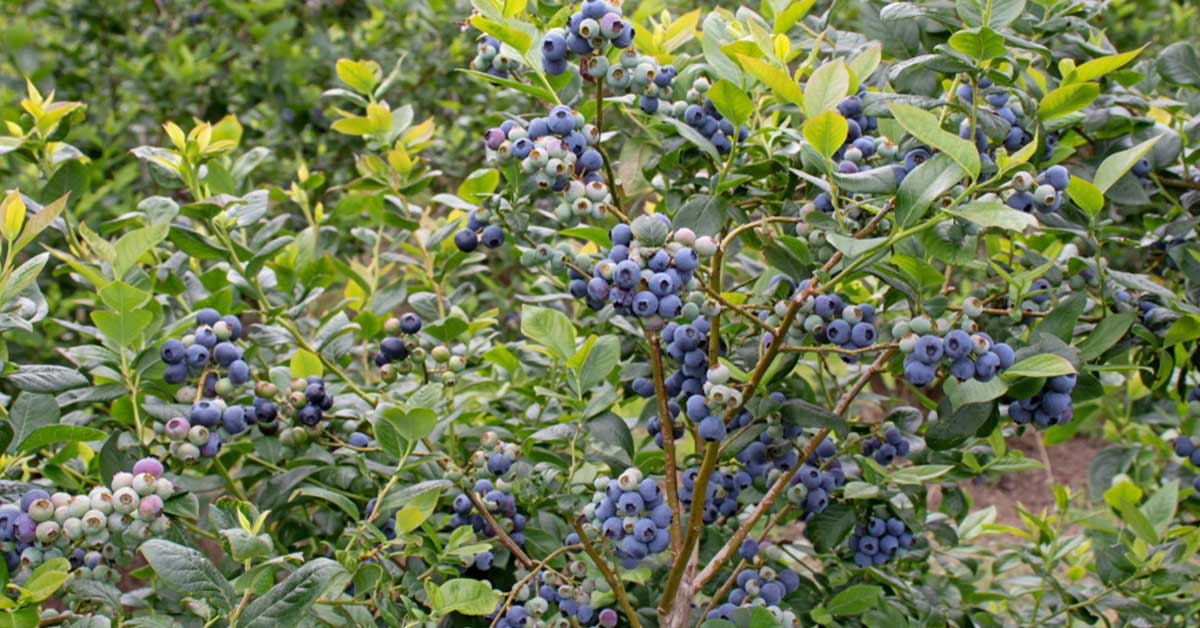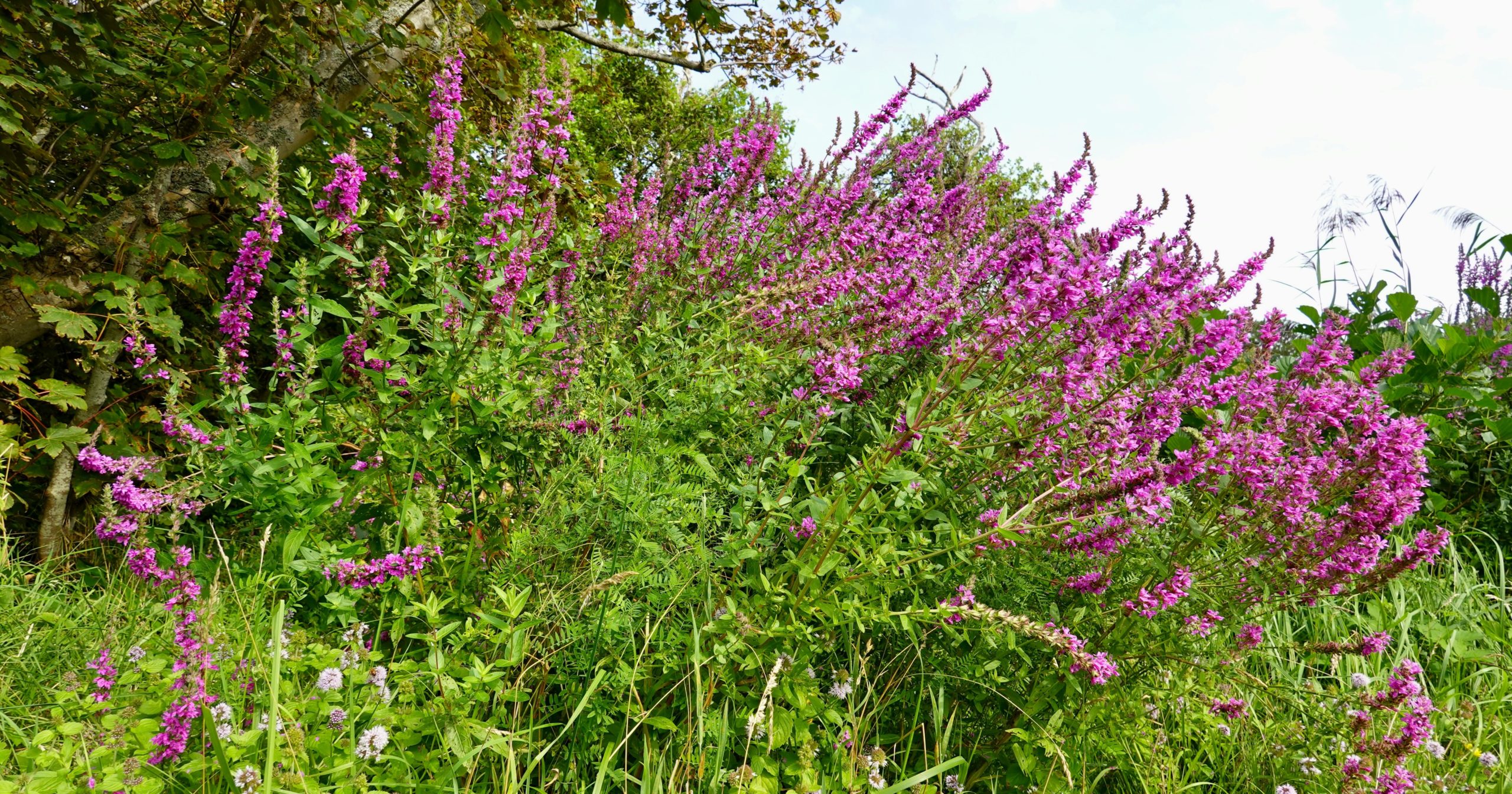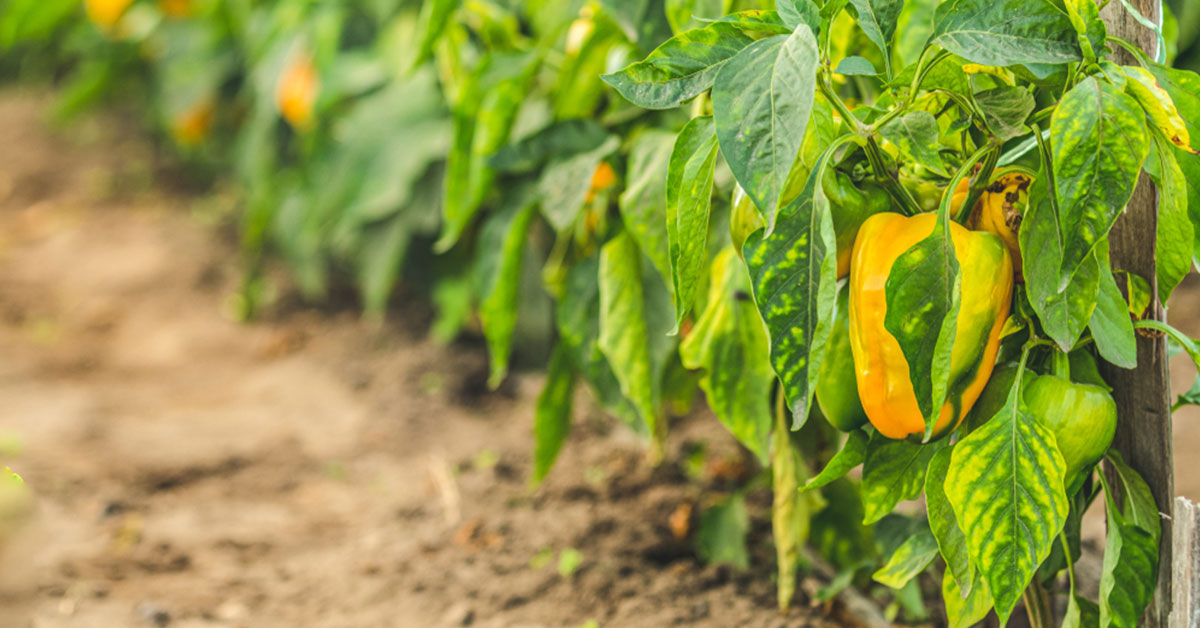As gardeners, we often seek beautiful and exotic plants to enhance our landscapes. However, some non-native plants can cause significant harm to local ecosystems. These invasive species outcompete native plants, disrupt habitats, and harm wildlife. It’s essential to be aware of these problematic plants and choose alternatives that support biodiversity. By doing so, we can enjoy our gardens while protecting the natural environment.
In this article, I’ll highlight several non-native plants that you should avoid planting. These species are known for their aggressive growth and detrimental impact on local ecosystems. Let’s dive into the details and understand why these plants are harmful and how we can make better choices for our gardens.
Japanese Knotweed

Japanese Knotweed (Fallopia japonica) is a highly invasive plant that poses a serious threat to native ecosystems. Originally introduced as an ornamental plant, it quickly spread and became a major problem due to its aggressive growth. Japanese Knotweed can grow up to 10 feet tall and spread rapidly through its extensive root system, which can reach up to 10 feet deep and 20 feet wide. This allows it to outcompete native plants for resources such as light, water, and nutrients, leading to a significant reduction in biodiversity.
One of the most concerning aspects of Japanese Knotweed is its ability to damage infrastructure. Its roots can penetrate concrete and asphalt, causing structural damage to buildings, roads, and drainage systems. Controlling Japanese Knotweed is incredibly challenging, as it can regenerate from small fragments of root or stem. Eradication often requires repeated treatments with herbicides and can take several years to achieve. Avoid planting Japanese Knotweed at all costs and consider native alternatives that provide similar aesthetic appeal without the ecological harm.
English Ivy
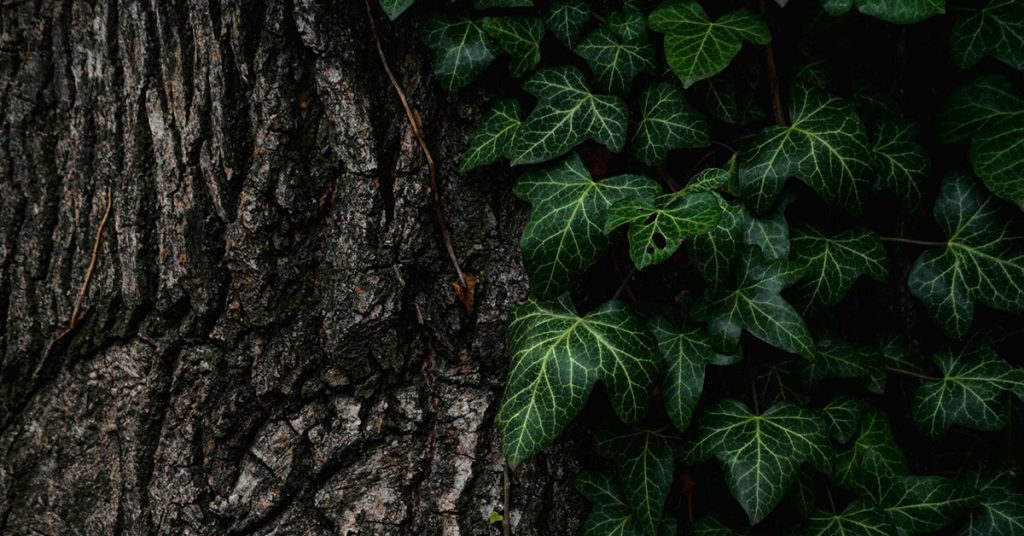
English Ivy (Hedera helix) is a popular ground cover and climbing plant, but its invasive nature makes it a problematic choice for gardens. This plant can quickly spread across the ground and climb up trees, buildings, and other structures. As it climbs, it can smother native vegetation, blocking sunlight and depriving plants of the resources they need to survive. In wooded areas, English Ivy can create a dense mat on the forest floor, preventing the growth of understory plants and disrupting the natural habitat.
The weight of English Ivy can also cause significant damage to trees. As it climbs, it can weaken tree limbs and trunks, making them more susceptible to disease and breakage. Additionally, English Ivy can harbor pests and pathogens that further threaten native plant species. Removing established English Ivy can be labor-intensive and requires careful management to prevent regrowth. Instead of planting English Ivy, consider native ground covers and climbers that support local ecosystems.
Purple Loosestrife
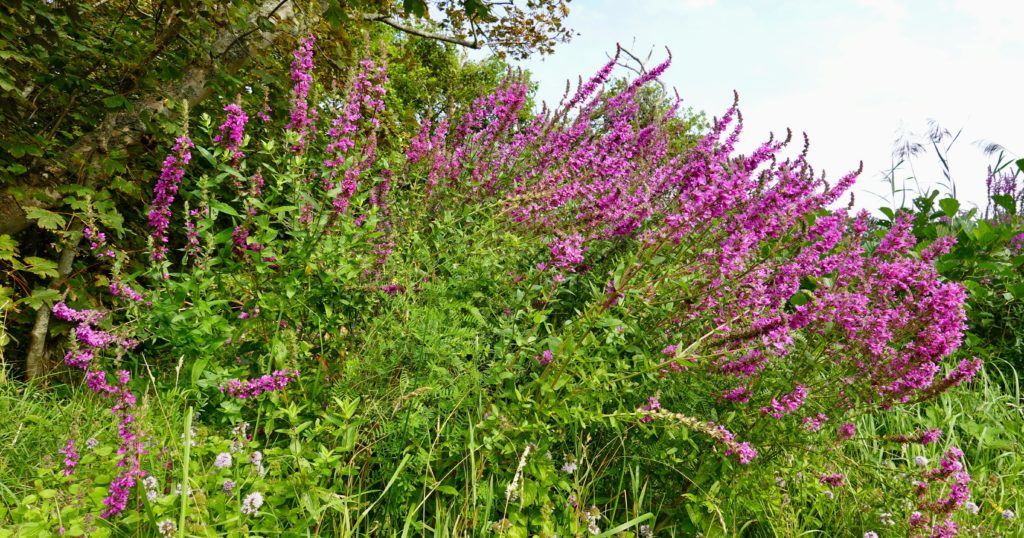
Purple Loosestrife (Lythrum salicaria) is an attractive perennial known for its vibrant purple flowers. However, this beauty comes at a high cost to wetland ecosystems. Purple Loosestrife spreads rapidly through seeds and root fragments, forming dense stands that displace native plants. This can lead to a significant loss of biodiversity, as native plants are outcompeted for space, light, and nutrients. The dense growth of Purple Loosestrife also alters the hydrology of wetlands, impacting water flow and nutrient cycling.
The presence of Purple Loosestrife can have a cascading effect on wildlife. Many wetland species rely on native plants for food and habitat. When these plants are replaced by Purple Loosestrife, the animals that depend on them may struggle to find suitable resources, leading to declines in populations. Controlling Purple Loosestrife is challenging and often requires a combination of mechanical removal, herbicides, and biological control methods. To protect wetland ecosystems, choose native wetland plants that provide ecological benefits without the invasive tendencies.
Kudzu
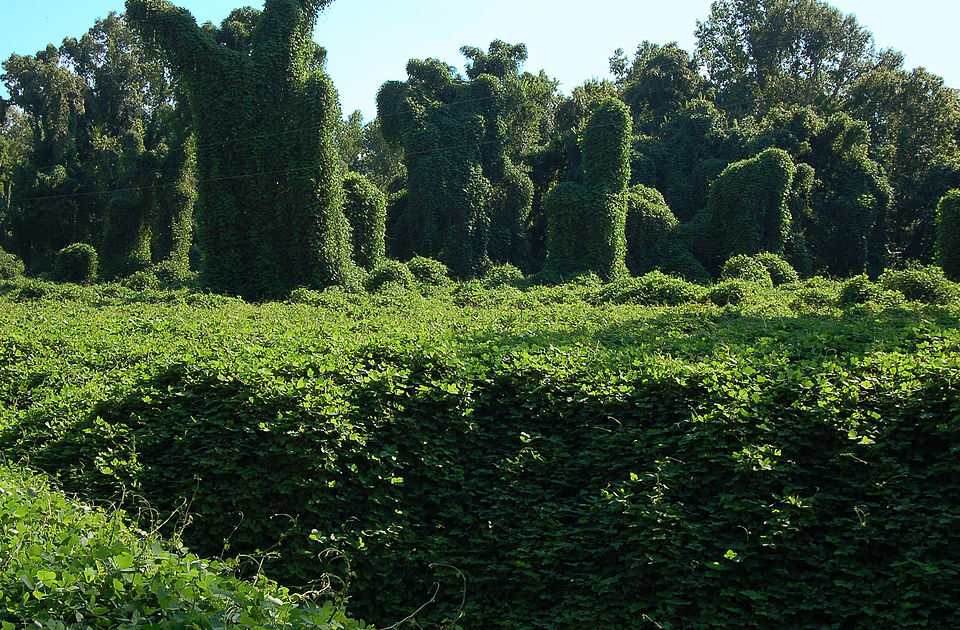
Kudzu (Pueraria montana) is often referred to as “the vine that ate the South” due to its aggressive growth in the southeastern United States. Originally introduced for erosion control and as a forage crop, Kudzu quickly became an invasive nightmare. It can grow up to a foot per day under ideal conditions, covering trees, shrubs, and structures in a dense blanket of foliage. This smothering growth pattern deprives native plants of sunlight, effectively killing them and reducing biodiversity.
Kudzu’s extensive root system makes it difficult to control and eradicate. It can regenerate from root fragments, making mechanical removal challenging and often ineffective without follow-up treatments. Additionally, Kudzu can alter soil composition and nutrient cycling, further impacting native plant communities. Avoid planting Kudzu and instead choose native vines that support local wildlife and ecosystems without causing harm.
Yellow Flag Iris
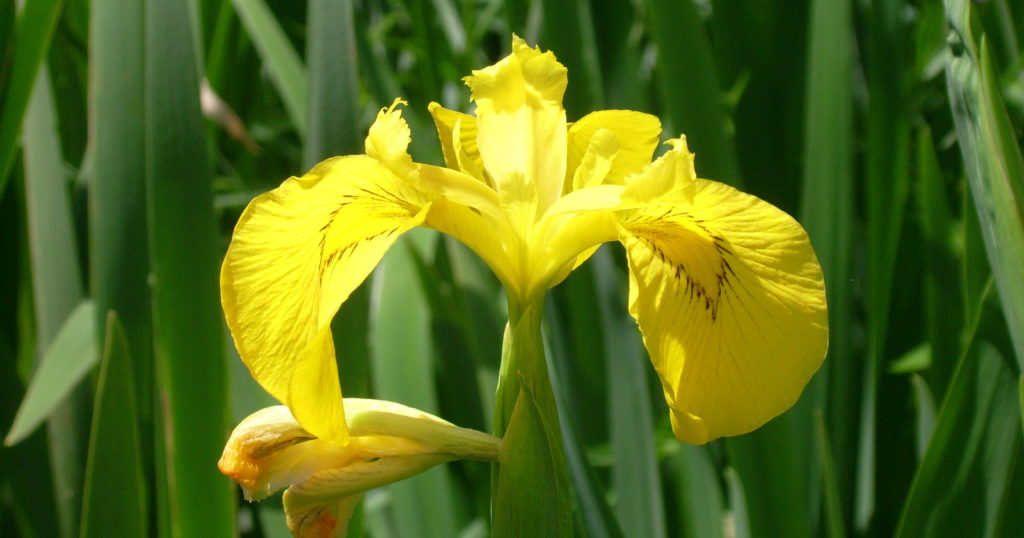
Yellow Flag Iris (Iris pseudacorus) is a striking aquatic plant with bright yellow flowers. While it may seem like a perfect addition to water gardens and ponds, its invasive nature makes it a poor choice. Yellow Flag Iris spreads rapidly through both seeds and rhizomes, forming dense stands in wetlands and along waterways. These stands can outcompete native aquatic plants, reducing biodiversity and altering habitat structure.
The dense growth of Yellow Flag Iris can also impede water flow and increase sedimentation, affecting water quality and hydrology. This can have negative impacts on fish and other aquatic organisms that rely on clear, flowing water. Removing Yellow Flag Iris is labor-intensive and often requires repeated treatments to prevent regrowth. To protect aquatic ecosystems, opt for native water plants that provide similar aesthetic benefits without the ecological drawbacks.
Giant Hogweed
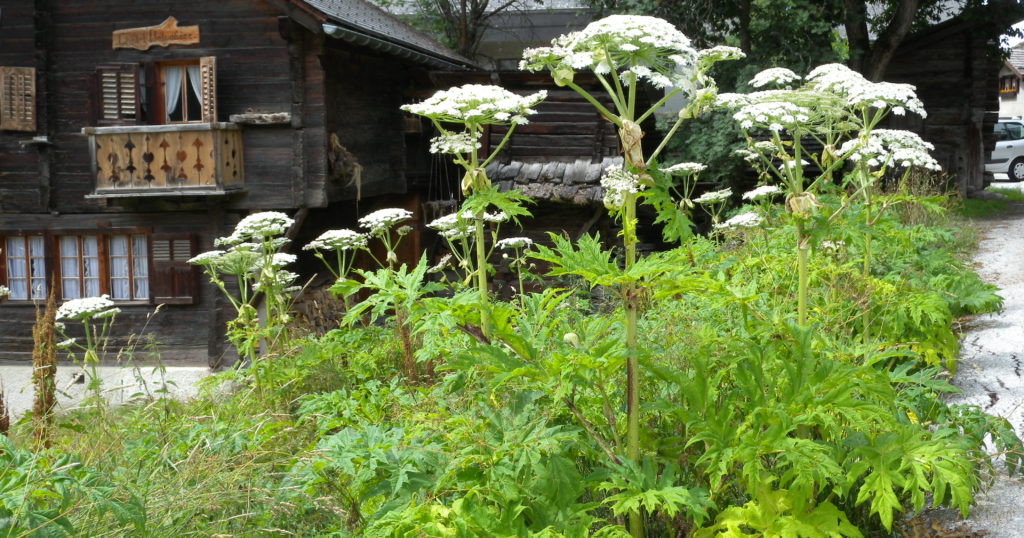
Giant Hogweed (Heracleum mantegazzianum) is notorious not only for its invasive nature but also for its potential to cause severe skin irritation. This plant can grow over 10 feet tall and produces large, umbrella-shaped flower clusters. Its aggressive growth allows it to outcompete native vegetation, forming dense stands that reduce biodiversity. Giant Hogweed’s sap contains compounds that can cause severe skin burns and blisters when exposed to sunlight, posing a significant risk to humans.
In addition to its direct impact on human health, Giant Hogweed can destabilize riverbanks and increase erosion when it replaces native vegetation. Controlling Giant Hogweed requires careful handling and often involves the use of protective clothing and herbicides. Given its dangers and ecological impact, it’s best to avoid planting Giant Hogweed and choose safer, native alternatives that support local ecosystems.
Autumn Olive
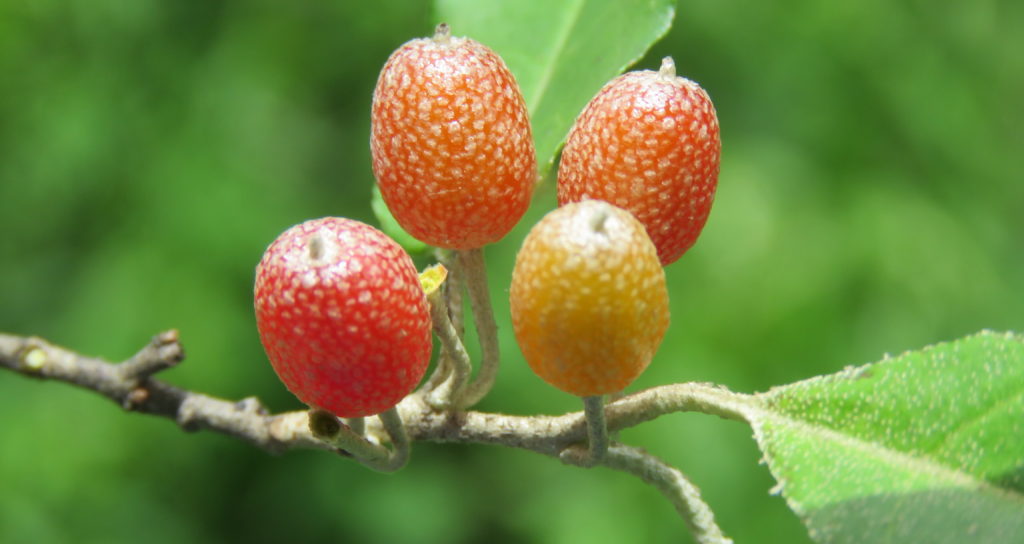
Autumn Olive (Elaeagnus umbellata) is a fast-growing shrub that produces small, red berries. While it was initially introduced for erosion control and wildlife habitat, it has become highly invasive. Autumn Olive can fix nitrogen in the soil, giving it a competitive edge over native plants in nutrient-poor conditions. This ability allows it to spread rapidly and form dense thickets that crowd out native species, reducing biodiversity.
The dense growth of Autumn Olive can alter ecosystem dynamics by changing soil composition and nutrient cycling. It can also impact wildlife by displacing native plants that provide essential food and habitat. Birds and other animals may consume the berries, further spreading the seeds and exacerbating the invasion. To protect native plant communities, avoid planting Autumn Olive and consider native shrubs that offer ecological benefits without the invasive tendencies.
Tree of Heaven
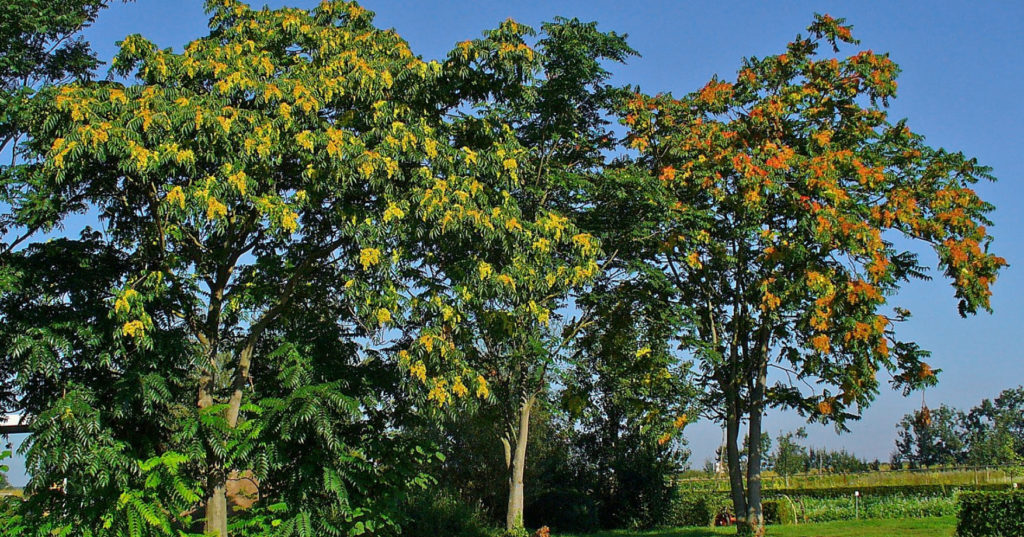
Tree of Heaven (Ailanthus altissima) is a fast-growing deciduous tree that can quickly become invasive. It is known for its ability to grow in a wide range of conditions, including poor soils and urban environments. Tree of Heaven produces large quantities of seeds and can also propagate through root suckers, allowing it to spread rapidly. Its aggressive growth can outcompete native vegetation, forming dense stands that reduce biodiversity.
One of the most concerning aspects of Tree of Heaven is its allelopathic properties. It releases chemicals into the soil that inhibit the growth of other plants, further reducing competition and allowing it to dominate the landscape. Additionally, Tree of Heaven can disrupt natural succession processes and alter habitat structure. To preserve native ecosystems, avoid planting Tree of Heaven and opt for native trees that support local wildlife and plant communities.
Brazilian Pepper
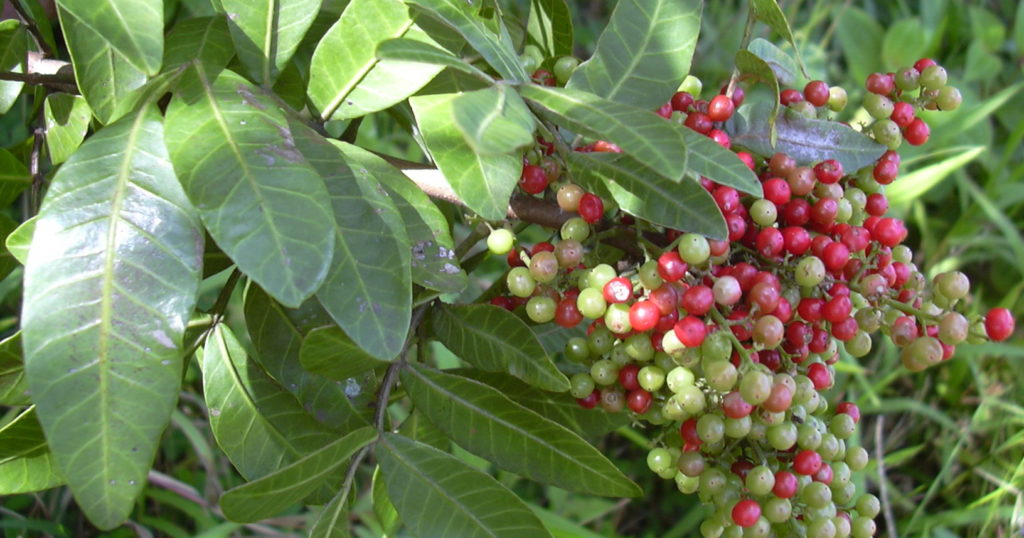
Brazilian Pepper (Schinus terebinthifolia) is an evergreen shrub or small tree that is highly invasive in subtropical regions, particularly in Florida. It forms dense thickets that can outcompete native vegetation, reducing biodiversity and altering habitat structure. Brazilian Pepper produces small, red berries that are spread by birds and other wildlife, facilitating its rapid spread.
The dense growth of Brazilian Pepper can also impact water flow and increase fire risk by creating highly flammable thickets. Additionally, the sap of Brazilian Pepper can cause skin irritation in some people, making it a nuisance in residential areas. Controlling Brazilian Pepper requires persistent effort and often involves a combination of mechanical removal and herbicide treatments. To protect native ecosystems, avoid planting Brazilian Pepper and consider native alternatives that provide similar aesthetic and ecological benefits.
Chinese Privet
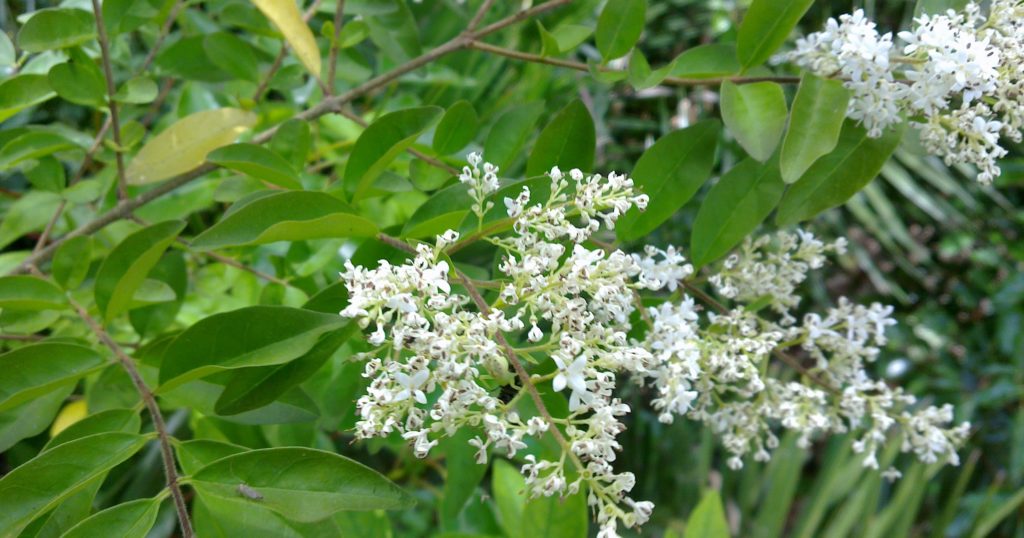
Chinese Privet (Ligustrum sinense) is a fast-growing evergreen shrub that is highly invasive in many parts of the United States. It can form dense thickets that outcompete native plants, reducing biodiversity and altering habitat structure. Chinese Privet is particularly problematic in riparian areas, where it can impact water quality and flow by displacing native vegetation that stabilizes soil and filters water.
The dense growth of Chinese Privet can also reduce the availability of food and habitat for wildlife. Birds and other animals that rely on native plants may struggle to find suitable resources in areas dominated by Chinese Privet. Controlling this invasive shrub requires persistent effort, including mechanical removal and herbicide treatments. To support local ecosystems, avoid planting Chinese Privet and choose native shrubs that provide ecological benefits without the invasive tendencies.
